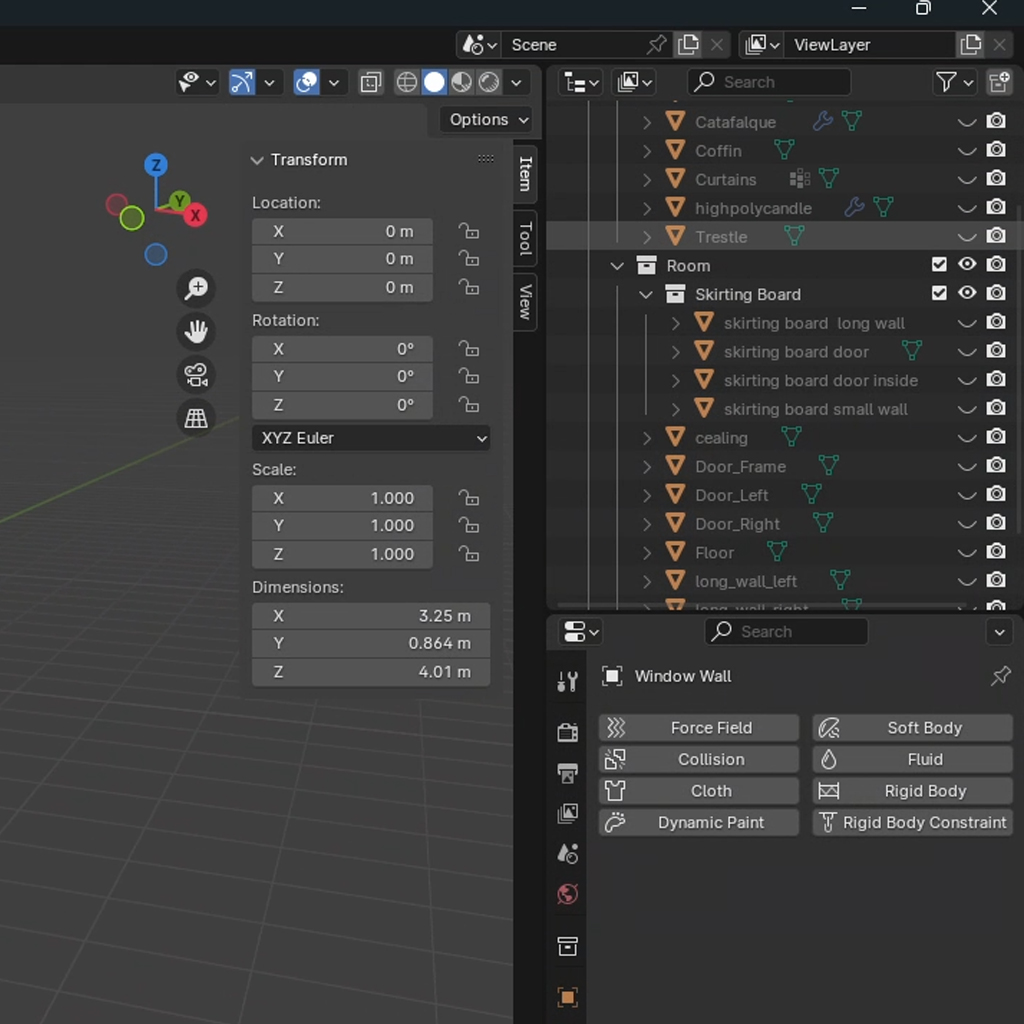In the dynamic world of education and creative endeavours, collaboration stands as a cornerstone of success. It brings together individuals or groups with diverse expertise to achieve shared goals, fostering innovation and exceeding the boundaries of individual potential. Effective collaboration is built on robust communication, a unified vision of objectives, and a concerted effort to cooperate.
The Essence of Collaboration
At its heart, collaboration is about synergy and the collective pursuit of objectives, observed in various settings:
- Workplace: Teams join forces to tackle projects, resolve issues, and drive innovation.
- Research: Academics across disciplines collaborate to push the boundaries of knowledge, sparking discoveries unattainable in isolation.
- Creative Projects: Artists, writers, and designers combine their talents to create works that boast greater diversity and richness than solo projects could offer.
Yet, collaboration comes with its hurdles. It can sometimes be necessitated in less-than-ideal circumstances, such as working with competitors or within conflicting agendas. Nevertheless, when executed well, the advantages of collaboration far surpass these challenges, leading to outcomes unachievable by individual efforts alone.
Collaboration in Education: A Deeper Exploration
In the educational sphere, collaboration assumes extra layers of importance, extending beyond academic achievements to nurturing a culture of collective learning and development.
Key Aspects
- Teacher Collaboration: Educators exchange resources and insights, enriching both teaching practices and student outcomes.
- Student Collaboration: Learners engage together on assignments, deepening their comprehension and skills through peer interactions.
Benefits
- Innovation and Creativity: Collaborative brainstorming generates novel ideas, offering new perspectives on established educational practices.
- Professional Development: Teachers enhance their professional capabilities and methodologies through insights gained from their peers.
- Enhanced Learning: Students cultivate critical thinking and interpersonal skills, equipping them for future academic and life challenges.
Challenges
- Structural Limitations: Without a clear framework, collaborative efforts may lead to uneven engagement and conflict.
- Time Constraints: Collaboration often demands more time than individual work, posing challenges in fast-paced settings.
Conclusion
Collaboration is a transformative force across various domains, especially in education, where it enriches both teaching and learning experiences. By embracing a supportive environment for teamwork, we can unlock innovative outcomes and more effective solutions. As we advance in an increasingly complex world, mastering the art of collaboration remains essential, ensuring continual progress and success.
Sources
- “Collaborate Definition & Meaning” – Merriam-Webster
- “COLLABORATION definition and meaning” – Collins English Dictionary
- “What is Collaboration? | Definition & Types of Collaboration” – Webex Blog
- “COLLABORATION | English meaning” – Cambridge Dictionary
- “What is Collaboration? Types of Collaboration” – Kissflow
- “Sharing good practice: Strategies to encourage teacher collaboration” – IRIS Connect Blog UK
- “Peer Collaboration in the Classroom” – Evidence Based Education
- “Benefits of Collaboration” – National Education Association
- “Does Teacher Collaboration Improve Student Achievement? Analysis of …” – Frontiers




Leave a comment